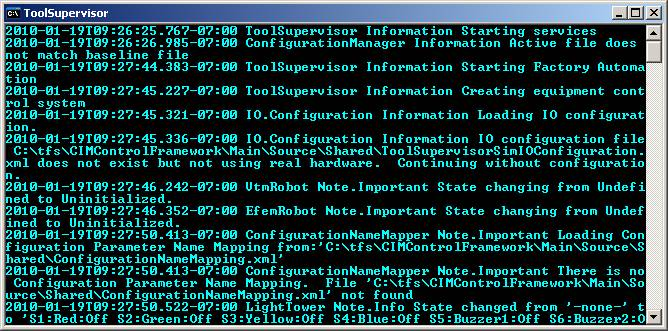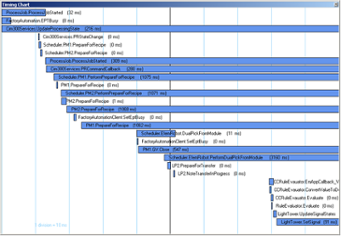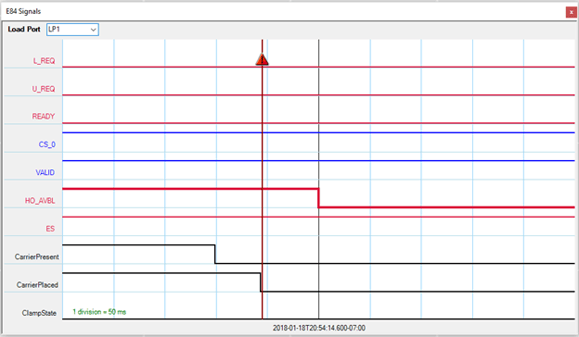
As part of the CIMControlFramework (CCF) product for creating equipment control applications, Cimetrix developed a logging package. Our logging package has two parts – collecting the log messages and analysis of the messages.
The logging package allows you to assign a source and a type for each log message. The source specifies where the log message originated. The type is a category that can be used to route the log
messages to specific output locations called log sinks. We have found the most useful log sink to be a text-based log file. The logging package can be configured for the types of messages to log. It can also be configured for how long to keep log files and how many to keep. This helps keep hard drives from getting too full.

The temptation for many users is to enable all log messages while developing the equipment control application and then turn all the logging off when the equipment ships to the factory. Cimetrix recommends leaving as much logging enabled as possible. This will help you avoid trips to the fab when a problem arises that can be solved via the logging package. Some clients worry about resource usage by the logging package. We have found that the impact of the logging package is light enough that it is advantageous to leave it on all the time.
The Cimetrix logging package was such a success in CCF, that we have started using the logging package in all Cimetrix products. The logging package has earned rave reviews from Cimetrix product users. Here are a few quick examples that show how valuable logging is:
1. An OEM customer called in a panic because because an end user was withholding payment due to a timing/throughput issue in the application. Together Cimetrix and the OEM reviewed the log file. Using some of the LogViewer analysis tools we were able to isolate and identify the problem within 30 minutes. The OEM was able to confidently tell the end user that they had found the problem and a fix would be available within the next software release. Because the OEM was able to support them so quickly remotely, the end user had confidence in the OEM and released the payment.
2. At Cimetrix, we often hear, “This only happened once, but…” With logging always enabled, it is possible to diagnose problems after the fact. This is especially important for problems which occur infrequently. Users of the Cimetrix logging package are able to resolve issues that happen only rarely.
3. Occasionally an equipment control application will deadlock – two different modules are waiting on each other and neither is free to proceed. Using the LogViewer’s Callstacks plug-in, in conjunction with the Timing Chart plug-in, make the process of diagnosing the deadlock much easier.

4. An end user called up their OEM equipment provider because the software stopped unexpectedly. They wanted to OEM to put someone on a plane immediately to come diagnose the problem. The OEM was able to view the log file to see that an operator had stopped the tool without the supervisor realizing it. When asked, the operator confirmed he had stopped the tool. Crisis averted. No plane ride required by the OEM to satisfy their customer!
5. A client came to Cimetrix for a training class. This client brought in a contractor to attend the class as well. Part of the Cimetrix training was used to review the logging package. During a break in the training, the contractor approached the instructor and asked if he could purchase the logging package separately for use in his other contracts because he could see several applications that would benefit from the power of the logging package.
6. Cimetrix is continuing to add useful plug-ins to the LogViewer. We recently added an E84 (automated material handling system) plug-in to assist in implementing and debugging material transfer. LogViewer allows users to implement their own custom plug-ins for analyzing data important to them.

These are just some of the success stories we have heard about in relation to the logging package. With equipment control applications and factory automation, there will always be issues to be addressed and opportunities to root cause unexpected behavior. Having a powerful logging package makes that process much easier.




